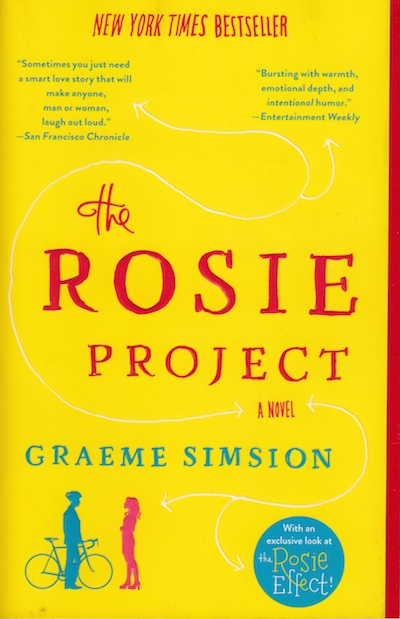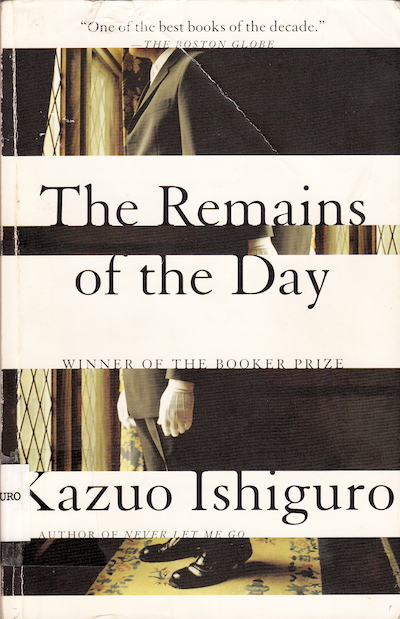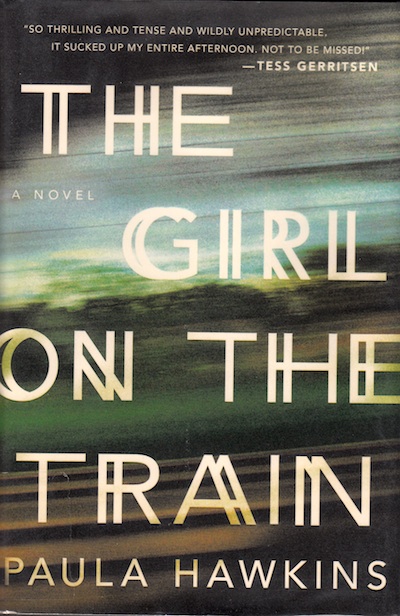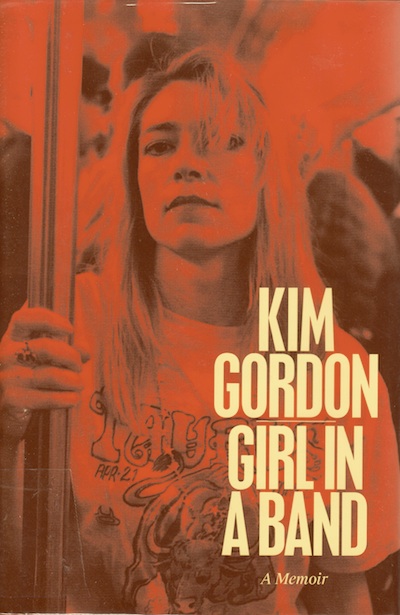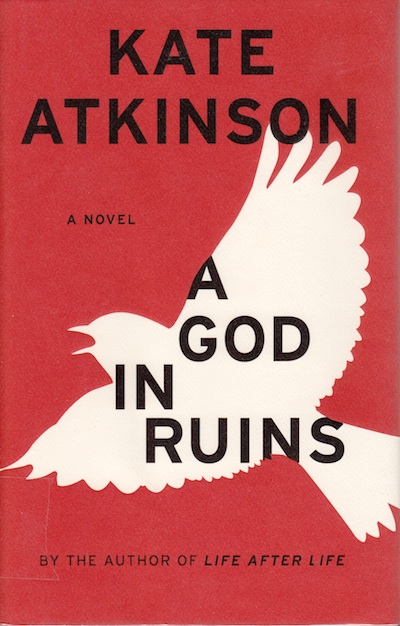What’s it about?
Far from the Tree is, to summarize, about parenting difficult/different children. The author posits a construction. Vertical identity is the culture you get from your parents; horizontal identity is the culture you get from the world around you. But what happens when your child has a drastically different horizontal identity? Each chapter looks at family units who are dealing with a radically different horizontal identity: deaf children born to hearing parents; autistic children; prodigies; children who choose lives of crime; there are more. It’s a sympathetic look at how parents and children navigate figuring out who they are as individuals and who they are in relation to each other and the outside world.
Why should you read it?
It is long (700 pages). You should read Far from the Tree if you have children or want children. It’s not going to give you parenting tips, unless you want to be hammered over the head with “your child needs to feel safe and secure and loved so DO THAT” and “find meaning in your parenting to be happy.” These are lessons so global as to be almost useless. But it does help you understand differences in the world – all the examples about Deaf culture or how the world treats transgendered kids illustrate that everyone does have the same basic needs: to be loved and accepted. (I did skip most of the chapter on kids conceived in rape. I couldn’t deal with 50-60 pages continually recounting women at their most vulnerable.)
Overall, a thorough book that’s worth your time.

